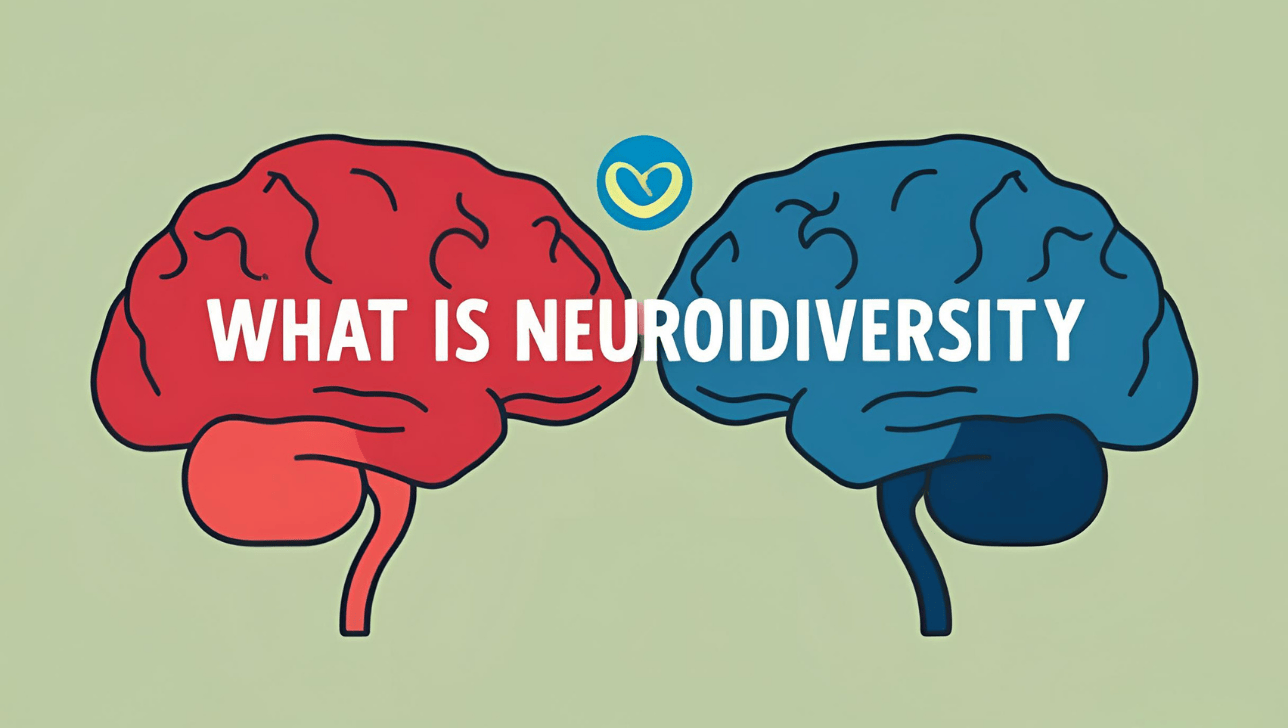What is Neurodiversity: A Deep Dive into What It Means and Why It Matters
Let’s talk about neurodiversity—a term that’s been popping up more and more, and for good reason. It’s not just a buzzword;

Hey there! If you’ve ever wondered why people think, learn, or experience the world in such wildly different ways, you’re about to get some answers. Let’s talk about neurodiversity—a term that’s been popping up more and more, and for good reason. It’s not just a buzzword; it’s a way of understanding and celebrating the beautiful variety in how our brains work. So, grab a coffee, and let’s unpack what neurodiversity is, where it came from, and why it’s so important.
What Is Neurodiversity, Anyway?
At its core, neurodiversity is the idea that there’s no single “right” or “normal” way for a brain to function. Instead, it recognizes that neurological differences—like autism, ADHD, dyslexia, and other conditions—are natural variations of the human brain. Think of it like biodiversity in nature: just as ecosystems thrive with different species, humanity benefits from diverse ways of thinking and processing the world.
The term “neurodiversity” was coined in the late 1990s by Judy Singer, an Australian sociologist who is autistic herself. She introduced the concept to challenge the idea that conditions like autism were inherently “disorders” that needed fixing. Instead, she argued that these differences could bring unique strengths and perspectives. Since then, the neurodiversity movement has grown, advocating for acceptance, inclusion, and support for people whose brains work differently—often called neurodivergent individuals—while recognizing that those with more typical brain functions are neurotypical.
Who’s Part of the Neurodivergent Crew?

Neurodiversity covers a wide range of neurological variations. Here are some of the most commonly recognized ones:
- Autism Spectrum Disorder (ASD): Autistic people may experience differences in social communication, sensory processing, and behavior. Many have remarkable skills in pattern recognition, memory, or creativity.
- Attention Deficit Hyperactivity Disorder (ADHD): Folks with ADHD might struggle with focus or impulse control but often excel in creative problem-solving, multitasking, or high-energy environments.
- Dyslexia: This affects reading and language processing but doesn’t mean lower intelligence. People with dyslexia often shine in visual thinking or storytelling.
- Dyspraxia: This impacts coordination and motor skills but can come with strengths in strategic thinking.
- Tourette Syndrome: Characterized by involuntary tics, it can also be linked to heightened creativity or quick thinking.
- Other Conditions: Anxiety disorders, obsessive-compulsive disorder (OCD), and even giftedness can fall under the neurodiversity umbrella, depending on who you ask.
The key here? Neurodivergence isn’t a one-size-fits-all label. Each person’s experience is unique, and their strengths and challenges vary widely.
Why Neurodiversity Matters
So, why should you care about neurodiversity? For starters, it’s about fairness and respect. Historically, society has often tried to “fix” neurodivergent people, pushing them to conform to neurotypical standards through therapies or interventions that can feel dehumanizing. The neurodiversity movement flips this script, saying: You’re not broken. You’re different, and that’s valuable.
This perspective has real-world impacts:
- In Schools: Recognizing neurodiversity means creating classrooms where kids with different learning styles—like those with dyslexia or ADHD—get the support they need, like assistive tech or flexible teaching methods, instead of being labeled as “problem students.”
- In Workplaces: Companies like Microsoft and SAP have neurodiversity hiring programs, tapping into the unique talents of neurodivergent folks, like intense focus or innovative thinking. (Check out Microsoft’s Neurodiversity Hiring Program for more.)
- In Society: Embracing neurodiversity reduces stigma and builds communities where everyone feels valued, not judged.
Plus, neurodivergent perspectives have driven some of humanity’s biggest leaps. Think about innovators like Albert Einstein (suspected to have been autistic) or modern-day figures like Greta Thunberg, who’s open about her autism and how it shapes her activism. Neurodiversity isn’t just about acceptance—it’s about unlocking potential.
The Flip Side: Challenges and Misunderstandings
Let’s keep it real: embracing neurodiversity doesn’t mean ignoring the challenges. Some neurodivergent folks face significant hurdles, like sensory overload, social isolation, or difficulty accessing education or jobs. The movement doesn’t deny these struggles—it calls for accommodations (like quiet workspaces or clear communication) to level the playing field, not “cures” that erase who someone is.
There’s also some debate within the community. Some argue the neurodiversity movement focuses too much on “high-functioning” individuals, sidelining those with more severe challenges who may need intensive support. Others worry it downplays the medical side of certain conditions. These are valid conversations, and they remind us to listen to all neurodivergent voices.
How Can You Support Neurodiversity?
Want to be an ally? Here are some practical ways to get started:
- Educate Yourself: Learn about different neurodivergent conditions. Websites like The National Autistic Society or CHADD (for ADHD) are great starting points.
- Listen, Don’t Assume: If a neurodivergent person shares their experience, hear them out instead of offering unsolicited advice or stereotypes.
- Advocate for Inclusion: Push for accessibility in your school, workplace, or community—like flexible schedules or sensory-friendly spaces.
- Challenge Stigma: Call out myths, like the idea that autism or ADHD means someone’s “less capable.” Share positive stories to shift the narrative.
- Support Neurodivergent Creators: Follow neurodivergent activists, artists, or writers on platforms like X. (Search hashtags like #ActuallyAutistic or #Neurodiversity for authentic voices.)
Wrapping It Up
Neurodiversity is about seeing the world through a wider lens—one that values every brain’s unique wiring. It’s a call to move beyond “normal” and build a world where differences are celebrated, not corrected. Whether you’re neurodivergent, neurotypical, or somewhere in between, understanding neurodiversity helps us all create a more inclusive, creative, and compassionate society.
So, what’s next? Keep learning, keep listening, and let’s make space for everyone to shine. Got thoughts or experiences to share? Drop them below or check out the resources linked to dive deeper!
Resources for Further Reading:
- Neurodiversity Hub
- Autism Speaks
- Understood.org (for learning and attention issues)
- Judy Singer’s book, NeuroDiversity: The Birth of an Idea
Share and subscribe to the blog by email.




Comments ()